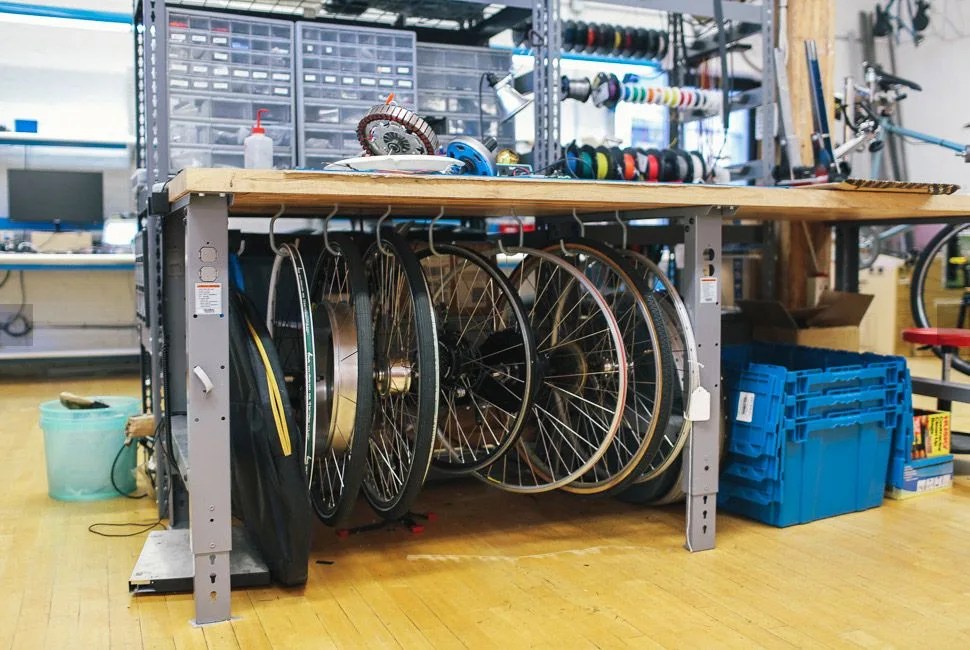13 photos
It’s rare that a product fulfills its purpose in such a way that it’s not just useful, but surprising and fun — delightful. Superautomatic espresso machines are delightful. Electronic shifting on bikes is delightful. Taking photos on the FujiX100S is delightful. What these do are, for the most part, perfectly doable with their less technologically advanced iterations; but these smarter versions feel like honest progress, sensible steps from tradition, rather than progress for the sake of progress. The highly complex Copenhagen Wheel ($799) can imbue a simple Cinelli single-speed bike with that same feeling. Riding through the leafy streets near MIT in Cambridge, MA, with electric pedal assist bears a singular pleasure — especially in turbo mode.
MORE HANDS-ON REVIEWS: iRobot Scooba 450 | TravelTeq Trash Briefcase | Sportcrafters Omnium Bicycle Trainer
In an increasingly robust e-bike market, the Copenhagen Wheel stands out as an interesting product with an equally cool story. Speaking in very general terms, it’s a new rear wheel that turns your bike into what the company calls a “smart electric hybrid”. Inside the wheel there’s a motor, batteries, sensors, a Bluetooth Low Energy 4.0 module and an embedded control system — all of which works together to understand the way you pedal and multiply your pedal power by three to 10 times, depending what mode you choose in the Bluetooth-connected app. The Copenhagen Wheel’s excellent design and the simple explanation make it sound like a pretty straightforward piece of gear — but in fact what’s happening in the wheel is much more complex than your average e-bike. While most simply boost your pedal power with a motor, the Copenhagen Wheel’s technology is the work of a team of 15 roboticists and one of the founders of MIT’s SENSEable City Lab, Assaf Biderman.
“We started a lab that focuses on how to make cities a better place to live in, given that you can almost think about them as computers in the open air”, Biderman said, speaking about his work at MIT. “Sensors, microprocessors, connectivity — what you can make of this. Your buildings are all online, your cars, infrastructure can be used to synchronize with other types of infrastructure, everything in real time, you can write code to move things in the city.”
In 2009, his lab partnered with Copenhagen, one of many cities worldwide with which SENSEable works, to see how they could encourage even more people to cycle. Until 2012, the Copenhagen Wheel was a funded research project at MIT, but when it began to receive attention and 25,000 emails rolled in from potential customers, Biderman decided to start Superpedestrian with an exclusive license from MIT to develop the Copenhagen Wheel. Since then his team has worked to overcome a wide range of challenges: packing a whole computer’s worth of intelligence into a 13-pound wheel, spoking the thing, managing the batteries so they perform efficiently in a variety of weather conditions, and so on. With an anticipated launch date in late 2014, they’re still working out some kinks; for instance, our test prototype was as of yet unsuited for a 31-mile ride, which is the battery range Superpedestrian intends for the final product.
Our experience was that the Copenhagen Wheel felt smoother and more natural than other pedal assists we’ve ridden, without all the bulk and industrial look of most ebikes.












